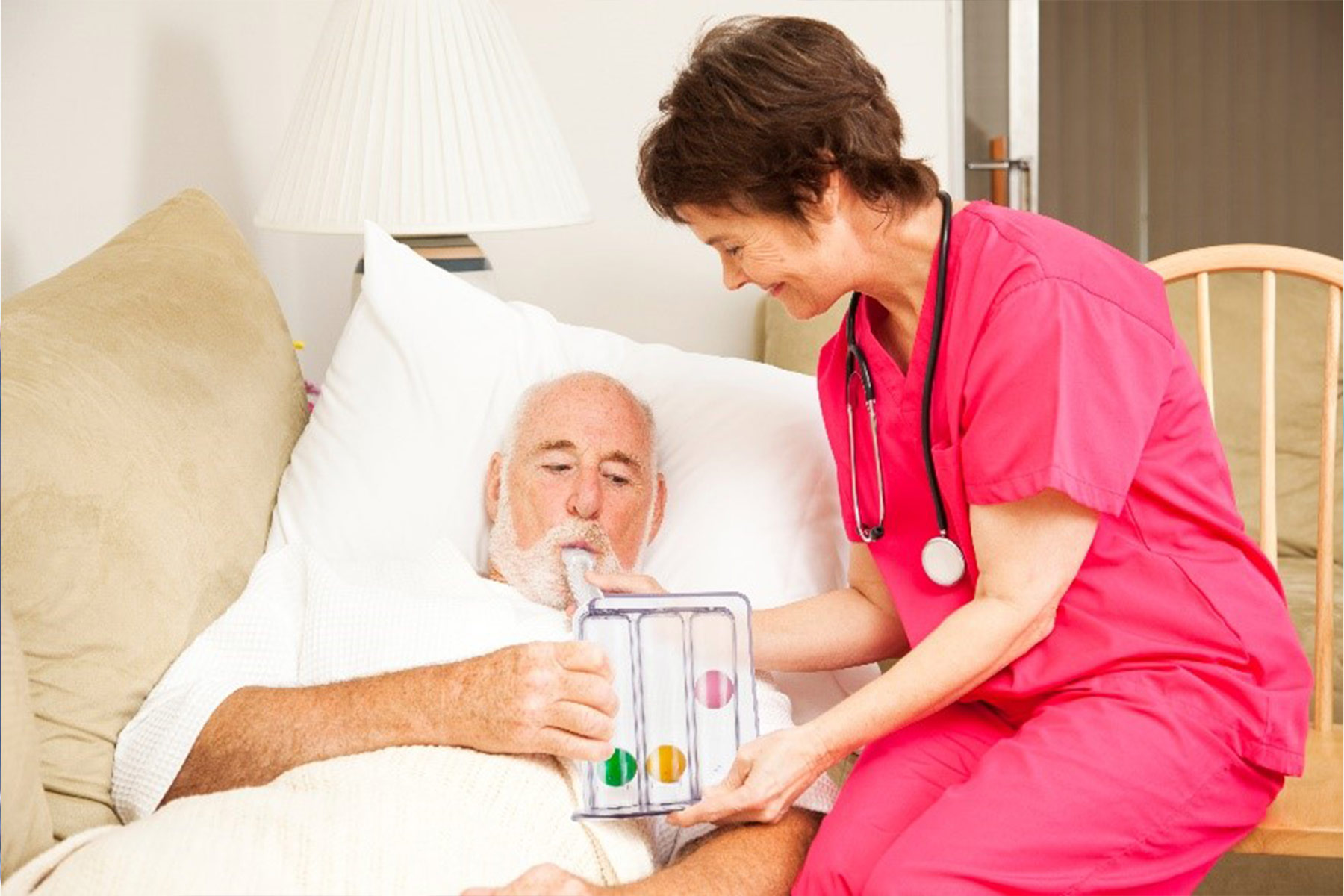Do you know what vital capacity is? How does the size of our vital capacity affect us?
The definition and myth of vital capacity
Vital capacity is refers to "sniff after aeration amount of air trying to breathe out", and vital capacity is one of the important indicators of lung function. Gender, age, height, all are the factors that affect the vital capacity. In a normal state and on average, adult male has about 3400 ml, women would be 3100 ml, but usually we only use around 1/3 of vital capacity, which is around 1000 milliliters.
It is desirable to have as much lung function as possible because vital capacity represents "how much gas the body can store for exchange". When performing high-oxygen exercise, people with good lung capacity can take in enough oxygen to meet their systemic needs and expel the carbon dioxide that is produced, preventing it from remaining in the body and causing hypoxia or lactic acid poisoning. But in people with poor lung capacity, it means that the function of their respiratory muscles is declining, just as the muscles of the arms, legs and other muscles will start to weaken after a long time of not exercising. Therefore, we can use the size of lung capacity as a preliminary judgment of the possibility of the occurrence of physical diseases, if the lung capacity is low, it may be the precursor of some lung diseases. More serious people even taking a bath, eating and other activities of daily life will have a feeling of breathing.

A common myth about lung capacity is that increasing lung capacity is a sign of better lung function, but lung capacity isn't just measured by the milliliters of air blown out, it's measured by the force of the breath exhaled during the test. Lung capacity is the key to the flow of air in and out of the airway, so it can tell if there is an obstructive lung disease. If you have obstructive lung disease, you will feel the air flow blocked when you exhale hard because the airway is blocked. However, when you exhale gently, you will not feel the air flow because the airflow is slowly passing through a narrow area. Another type of lung that can cause lung capacity deficiency is localized lung disease, where the space in the lungs doesn't expand completely, so there's a decrease in air flow.
Lung capacity is a comparative value and requires sophisticated instruments to measure it. Although most hospitals have lung function tests to confirm lung function, we can also use some preliminary methods to determine whether our lung capacity is sufficient.
Easy self-examination
Normally, a healthy adult should be able to hold his breath for more than a minute, but anything less than 10 seconds is a sign that lung capacity is really poor and there may be some lung problems or other medical problems.
Take a round, unblown balloon and blow hard into it until it's all gone. Look at how long it takes you to exhale, and how big the balloon is over time. A healthy adult should be able to vomit in about six seconds after taking a full breath. If it is less than six seconds, one of two things may happen. The first may be that when the lungs are full of air, there is too little air in the lungs. The second may be that the muscle strength is too bad, so that it can not vomit the gas clean and stops exhaling, so that the gas is trapped in the lungs. If the whole process takes longer than six seconds, the lungs may be a little blocked, so when you exhale, you can't get it out quickly
Another is to observe the balloon in the first seconds exhaling. The final balloon volume is 80%, because in the first second of hard exhalation, the gas exhaled by the subject should be about 80% of the maximum lung capacity, so we can observe the change of balloon volume in the first second of exhalation, to judge whether the lung function is normal.

How to improve and maintain lung capacity?
In addition to illness, people who sit for long periods of time and are not physically active can also have decreased lung capacity. In milder cases, patients can initially train their diaphragm without a device, using abdominal breathing combined with pouty exhalation, combined with chest expansion and aerobic exercises to build breathing muscles. By Incentive Spirometry (breathing trainer) or respiratory muscle trainer for more severe cases, the recovery effect can be achieved with the help of professional equipment. However, it is recommended to use it under the instructions of doctors or respiratory therapists because of the applicable symptoms and contraindications of the equipment.



